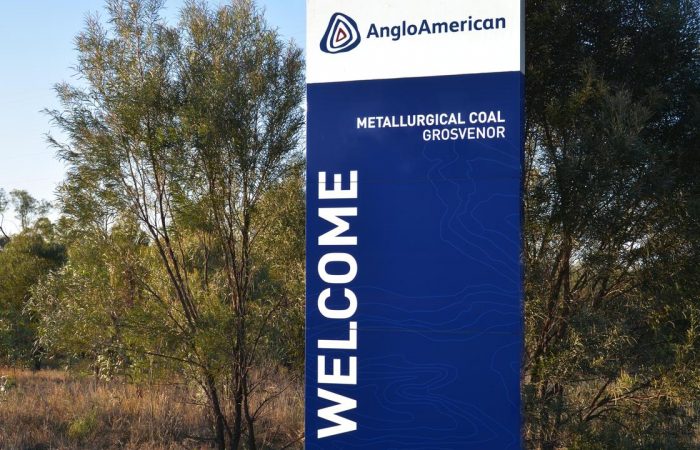
Grosvenor Inquiry Public Submission Key Issue 5) 6. Whether the mine’s ventilation system, which involved a downcast fan at the rear of the goaf, may have led to the leakage of air past the goaf seals and otherwise contributed to the ingress of oxygen to the goaf.
5) What the evidence establishes about the following matters prior to 6 May 2020, and whether they may have contributed to the occurrence of the serious accident:
6. Whether the mine’s ventilation system, which involved a downcast fan at the rear of the goaf, may have led to the leakage of air past the goaf seals and otherwise contributed to the ingress of oxygen to the goaf.
8. Whether the ventilation arrangement in the longwall tailgate was causing leakage through to the C heading resulting in additional oxygen in the goaf.
Above is the link to my Submission sent to the Inquiry today.
It starts like this
The Little Britton Longwall Ventilation Arrangement is a system of ventilation not used anywhere in the world that I can find.
There is absolutely no doubt there was significant and inevitable problems with spontaneous combustion using the “Little Britton” Longwall Ventilation Arrangement.
This being most likely in the area of 39-40 cut-through C Hdg TG 104.
From the evidence of Sean Muller (SIMTARS), Andrew Self (Consultant) and Basil Beamish (Consultant Spontaneous Combustion) I reference the following
- Ethylene was detected in LW 104 (after 10 days mining) starting on the 19th of March following high CO readings being recorded on the 17th of March. (I point out that CO is produced before Ethylene during spontaneous combustion events)
- “Despite the lack of obvious signs of accelerating oxidation immediately prior to May 6, the possibility that the ignition source for the first event was from spontaneous combustion should not be dismissed” … 500.019.0055
- It was absolutely acknowledged that if ethylene was detected at all, then we had a serious problem. You don’t get ethylene, generally speaking, at much less than 100 degrees Centigrade.
I think that ethylene may appear occasionally and then go away, and that doesn’t mean it was never there in the first place. TRA.500.021.0050
There are some people believe that it can be in a goaf without being a result of spontaneous combustion, but I’ve yet to see the evidence.
- Pillar Heatings are difficult to detect due to low surface temperatures of the pillar, often no visible “GLOW”, and being inaccessible if in or around a goaf, and the products of combustion being diluted.
From first principals of Mine Ventilation and Control of Spontaneous Combustion, it is obvious that Little Britton Ventilation Arrangement runs an EXTREME RISK of inducing a spontaneous combustion heating by either Pillar Heating or heating in the periphery of the goaf
The Principals are taught and assessed in Training Courses for Mine Managers and Ventilation Officers, as well Mine Deputies; as I can attest.
If a Ventilation Officer or Mine Manager student submitted the Grosvenor Mine Design as part of their Assessments, they would fail in my experience and opinion.

